This Tropical Tree Thrives As A Houseplant: Just Be Sure To Get The Right Type
Its sword-like leaves are sure to grab attention.
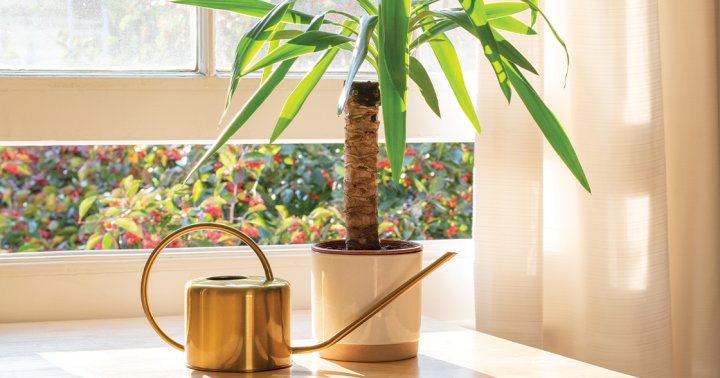
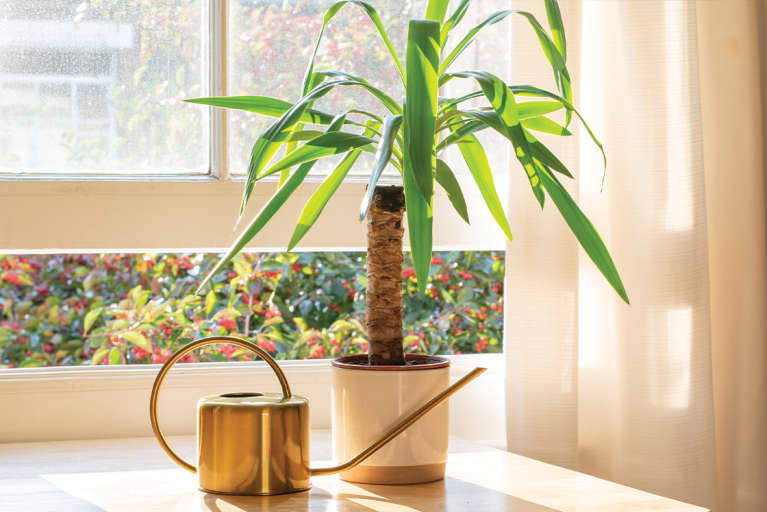
Our editors have independently chosen the products listed on this page. If you purchase something mentioned in this article, we may earn a small commission.
March 21, 2022 — 12:05 PM
The Yucca plant delights as a houseplant with its sword-like green-hued leaves that sprout from different sections of a small trunk. Here’s what to know about this drought-tolerant, low-maintenance plant that's easy to care for when grown in the right conditions.
Yucca plants are native to the Caribbean and North and South America and grow in arid, hot climates. Its succulent qualities allow the plant to store water in its leaves to withstand long periods of drought. There are over 40 species of yucca plants, but very few that are adapted to grow inside. One species, Yucca gigantea (also goes by Yucca elephantipes) is the star of the show that can live indoors. This variety is what you’ll find at a garden center or nursery when browsing to buy a yucca houseplant.
“The yucca is a striking architectural plant that can add a dramatic focal point to a room as long as it has the correct growing conditions to keep it healthy and strong,” says Lisa Eldred Steinkopf, founder of The Houseplant Guru and author of four books, including Houseplants: The Complete Guide.
Here are a few of the most popular varieties of yucca you'll likely come across in your search.
Planting & growing a yucca plant.
When bringing home a plant, it’s important to consider the space and conditions it needs so it can thrive. The yucca plant loves sunlight so an ideal location is in a sunny area of the home. “The ideal spot is within six feet or so of a south- or west-facing window, or very close to an east-facing window, where they can soak up as much direct sunlight as possible,” says Lindsay Pangborn, Bloomscape's gardening expert.
Just make sure the window you place it near isn't damp or drafty. A “spot near a drafty window or the shade may not be a good location, especially in the winter,” says Margaret McCoy, Ph.D. of True Organic. You also don't want to place your plant near any vents, as the blowing air may disrupt its leaves, explains Pangborn.
Yuccas are easy to care for as long as their basic needs are met. Here's what to consider when tending to your plant.
Knowing how much water your plant needs is fundamental to ensure it thrives. Yuccas are drought-tolerant so they do best when thoroughly watered and then left alone until their soil is dry again.
“Water your yucca by adding water until it runs out the drainage hole, making sure the entire root ball is moistened,” says Steinkopf. She suggests that you never let it sit your plant sit in water, so be sure to empty its saucer after you’ve watered it.
Make sure to wait for the soil to dry out between waterings before giving your plant another drink. “Let them approach almost complete dryness before you water again,” says Raffaele Di Lallo, houseplant expert, author of Houseplant Warrior, and founder of Ohio Tropics. “They grow in the drier parts of the tropics, so you should try and mimic these same conditions indoors.”
Since yuccas are accustomed to hot climates, you’ll want to place this plant in an area where it will receive lots of sunlight. “A south or west window would be preferable,” says Steinkopf. So how much sun is ideal for this plant? “Yuccas are happiest when they receive at least six hours of direct sunlight per day,” says Pangborn. “If that’s not possible, they can also do well in bright, indirect light.”
Grow lights like these can be an option if you’re concerned there isn’t sufficient light in your home. “If you don’t have enough sun to support this plant, supplemental light such as a spotlight could be hung over the plant,'' says Steinkopf.
Soil is essential because it contains the nutrients most plants need to survive. Every plant has different soil needs so it’s important to select a potting soil that the yucca will like. Many yuccas grow in regions where the soil is sandy and doesn’t contain many nutrients, but drains well. “Using soil that retains too much water can deprive the roots of oxygen and over time can cause them to not function properly,” Pangborn explains.
“Using a good cactus/succulent potting mix, to which you can add some perlite or pumice for added drainage, as well as some additional coarse sand, would work well,” says Di Lallo.
Growing a yucca plant at the right temperature is also important. They can usually tolerate low temperatures but when the thermometer goes below freezing, they’ll suffer. “Desert plants are accustomed to strong diurnal temperature swings so normal living temperatures are fine for these plants,” says McCoy. What temperature should you aim for? According to Di Lallo, “If possible, try and keep your plant in the 60 to 90 degrees Fahrenheit range (16 to 32 degrees Celsius).”
Common problems & how to fix.
Notice that your yucca is looking a little worse for wear? Here are a few potential reasons why and what they mean.
Yucca plants are beautiful, so you'll likely want more than one of them in your home. Thankfully, they're pretty easy to propagate using this simple cutting method:
Here are some final quick tips to ensure your yucca plant is happy and healthy.
As long as you have a space in your home that gets plenty of sunlight and even temperatures, you have a chance of growing a stunning yucca plant. Pair your new greenery with these other tall houseplants to take your indoor jungle up yet another notch.
Want to learn how feng shui can help you create a high-vibe home and set powerful intentions to manifest your dreams? This is feng shui the modern way - no superstitions, all good vibes. Click here to register for a free session with Dana that will give you 3 tips to transform your home today!
Reset Your Gut
Sign up for our FREE doctor-approved gut health guide featuring shopping lists, recipes, and tips
You are now subscribed
Be on the lookout for a welcome email in your inbox!
https://www.mindbodygreen.com/articles/yucca-plant

 Lynk
Lynk 









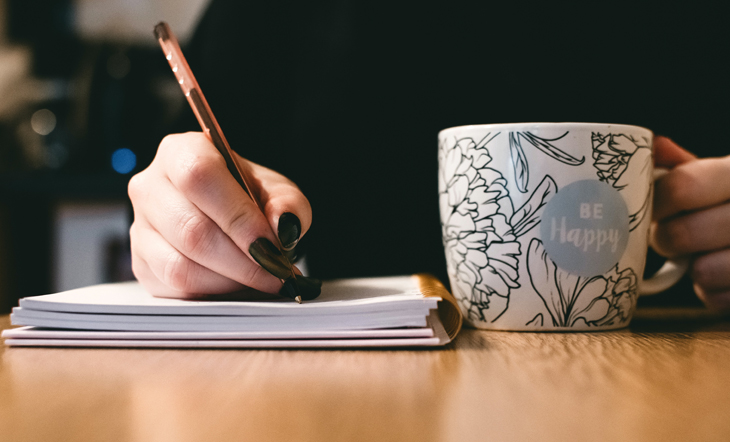
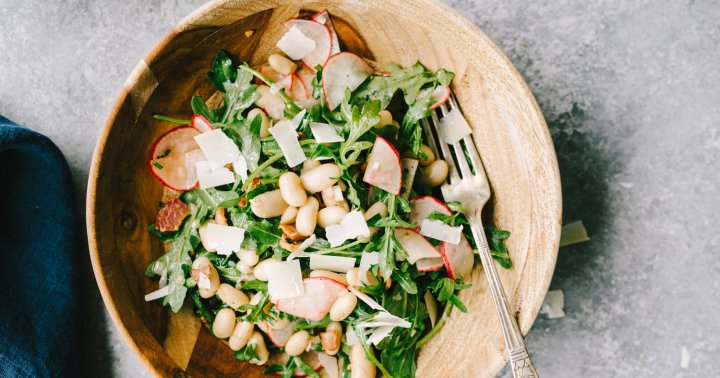
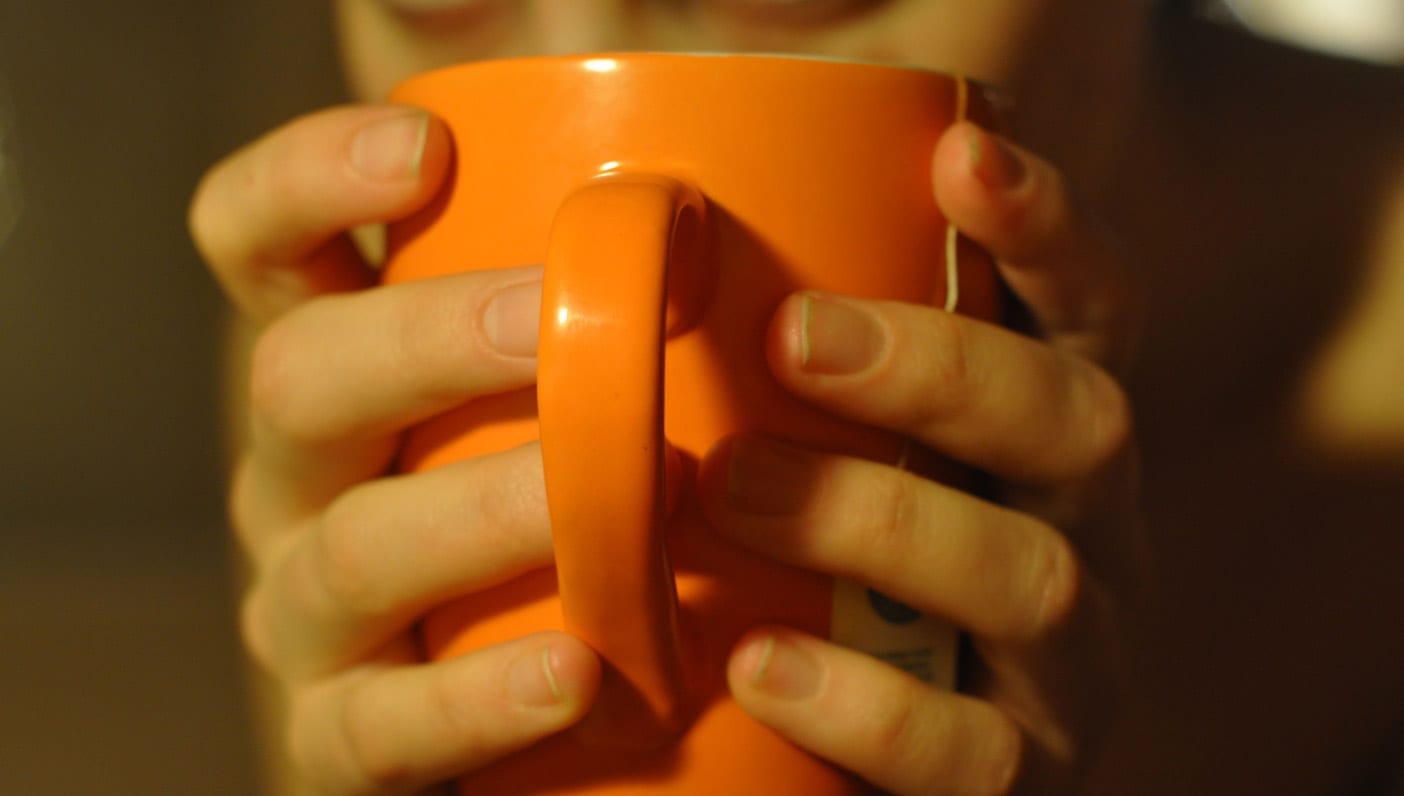

















.jpg&h=630&w=1200&q=100&v=f776164e2b&c=1)


